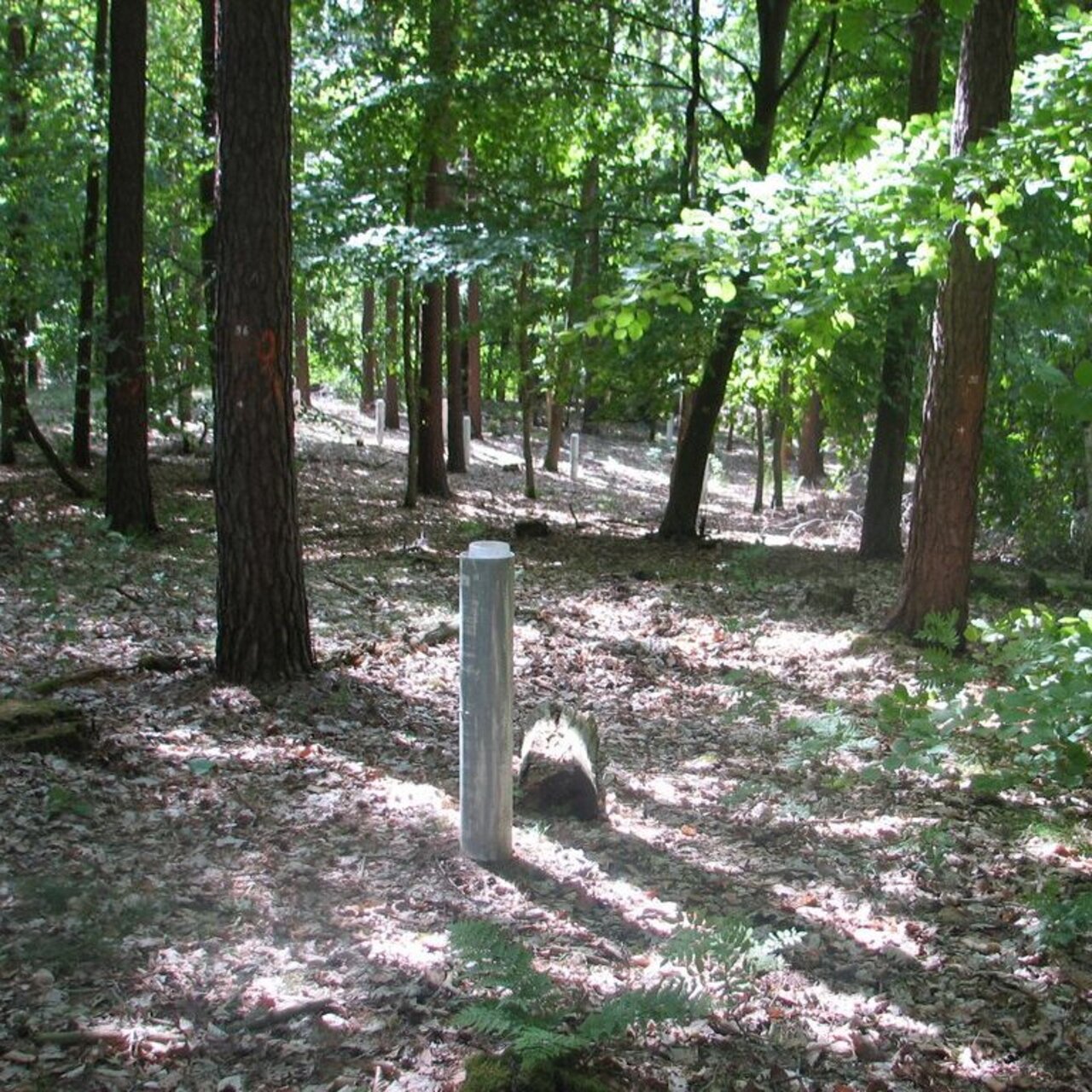Project
Forest adaptation - mixed forests (INKA BB)

Adaptation due to target-oriented development of mixed forests (INKA BB, WP 15)
Climate change affects forests. Mixed forests provide enhanced forest adaptive capacity when tree species with different site requirements are mixed. Risks evolving from climate change are allocated among the different tree species.
Background and Objective
The studies are aimed at evaluating the adaptive capacity of mixtures of the native tree species Scots pine, oak and European beech to drought in the region Berlin-Brandenburg.
Approach
In two exemplary region in Brandenburg (Barnim-Uckermark, Spreewald-Lausitz) we performed growth analyses in mixed forests with Scots pine, oak and European beech. The results were compared with data of the nutrion status and soil water availiability.
Results
The results of the project are published in a final publication: "Are our forests fit for climate change? - The silvicultural adaption to climate withi a regional focus". Eds.: H.-J. Eichhorn, M. Guericke, D.-R. Eisenhauer.Publishing house: oekom, Munich, circa 300pp. Expected date of publication: April 2015.
Involved Thünen-Partners
Involved external Thünen-Partners
-
Hochschule für nachhaltige Entwicklung Eberswalde (HNEE)
(Eberswalde, Deutschland)
Funding Body
-
Federal Ministry of Education and Research (BMBF)
(national, öffentlich)
Duration
4.2010 - 5.2014
More Information
Project status:
finished
Publications
- 0
Müller J (2014) Bewertung der "Wasserdienstleistung" im Zuge des Waldumbaus vom Kiefernforst zum Buchenwald. In: Wälder der Zukunft : Lebensraum, Ressourcenschutz und Rohstoffversorgung; Tagungsband zur 13. Forstwissenschaftlichen Tagung an der Technischen Universität Dresden, Fachrichtung Forstwissenschaften Tharandt, vom 17. bis 20. September 2014. Dresden: Technische Univ, p 15
- 1
Müller J (2013) Die Bedeutung der Baumarten für den Landschaftswasserhaushalt. In: Bericht / 15. Gumpensteiner Lysimetertagung : Lysimeterforschung als Bestandteil der Entscheidungsfindung ; am 16. und 17. April 2013 . Irdning: Lehr- und Forschungszentrum für Landwirtschaft Raumberg-Gumpenstein, pp 49-56
- 2
Müller J (2012) Auswirkungen von waldstrukturellen Veränderungen auf die hydroökologischen Bedingungen in den Beständen im Zuge des Waldumbaus. In: Grünewald U (ed) Wasserbezogene Anpassungsmaßnahmen an den Landschafts- und Klimawandel. Stuttgart: Schweizerbart, pp 280-291
- 3
Goral F, Müller J (2010) Auswirkungen des Waldumbaus im Waldgebiet der Schorfheide auf die Entwicklung der Grundwasserhöhen und den Zustand der Waldmoore. Naturschutz Landschaftspflege Brandenburg 19(3-4):158-166
Contact
Dr. Tanja Sanders

Institute of Forest Ecosystems
Alfred-Möller-Straße 1, Haus 41/4216225 Eberswalde
- Telephone
- +49 3334 3820 339
- Fax
- +49 3334 3820 354
- tanja.sanders@thuenen.de
Head of Ecology and Forest Dynamics, Contact person Intensive Forest Monitoring

